Self-driving cars are automobiles that can recognize and sense the environment around them to drive on their own without the help of a person. The purpose of self-driving cars is to reduce emissions and injuries, which will help people and the planet.
Electric vehicles make up 58% of self-driving cars. Only 57% of people familiar with self-driving cars would be willing to ride inside them. Self-driving vehicles have become popular over the last couple of years. Tesla is starting the trend that many car companies are beginning to follow.
Tesla
Tesla has “enhanced autopilot” which through updates will eventually lead to self-driving. Currently, their autopilot is Level 2 according to the SAE (Society of Automotive Engineers), out of the five levels of vehicle automation. Tesla’s newest cars have 12 ultrasonic sensors, eight external cameras, and a computer that integrates all the data to make real-time decisions while driving for extra safety. Their autopilot includes “Traffic-Aware Cruise Control” and “Autosteer.” “Traffic-Aware Cruise Control” allows Tesla cars to have the same speed as the traffic surrounding them. “Autosteer” helps to steer in a marked lane and uses traffic-aware cruise control. Enhanced autopilot includes ”Auto Lane Change”, “Autopark,” “Summon,” and “Smart Summon. ” Auto Lane Change” helps the driver move into a lane beside them.” Autopark” allows the driver to perpendicular or parallel park. “Summon” drives the car out of tight spaces, without a human driver. “Smart Summon” is like “summon,” except the vehicle can move through more busy environments.
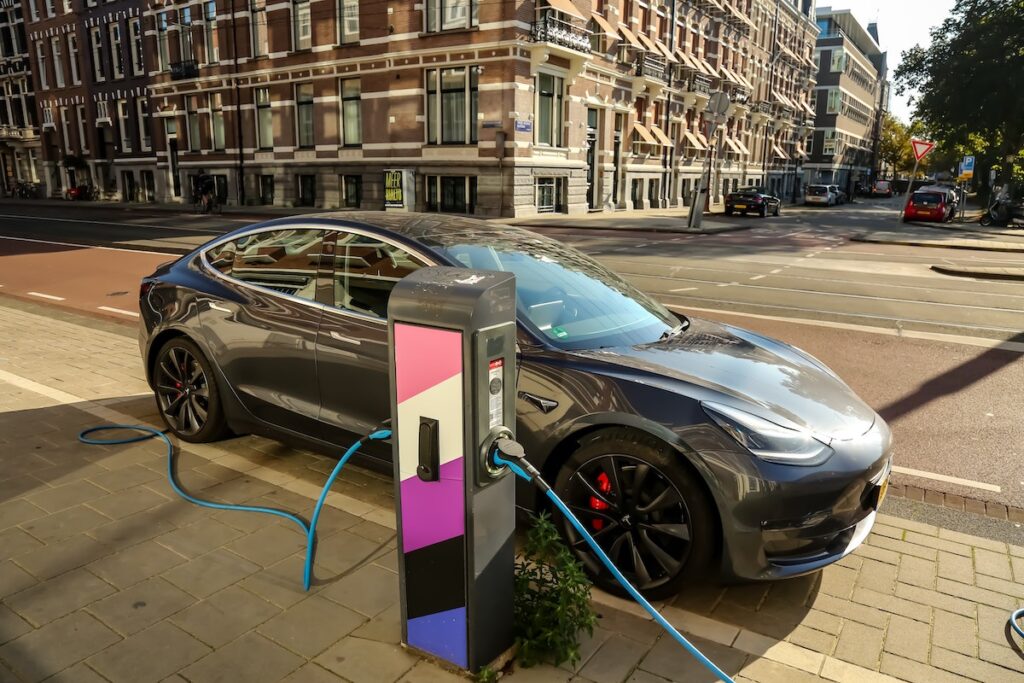
Full self-driving will be coming out eventually, which will include all of the features in basic autopilot and enhanced autopilot. More upcoming features include autosteer on city streets and traffic control which basically means the car can drive itself on city roads while adhering to signs, including traffic lights and other cars as well as pedestrians. Tesla hopes to acquire all of these features soon, but for now, their cars require driver supervision on autopilot and advanced autopilot.
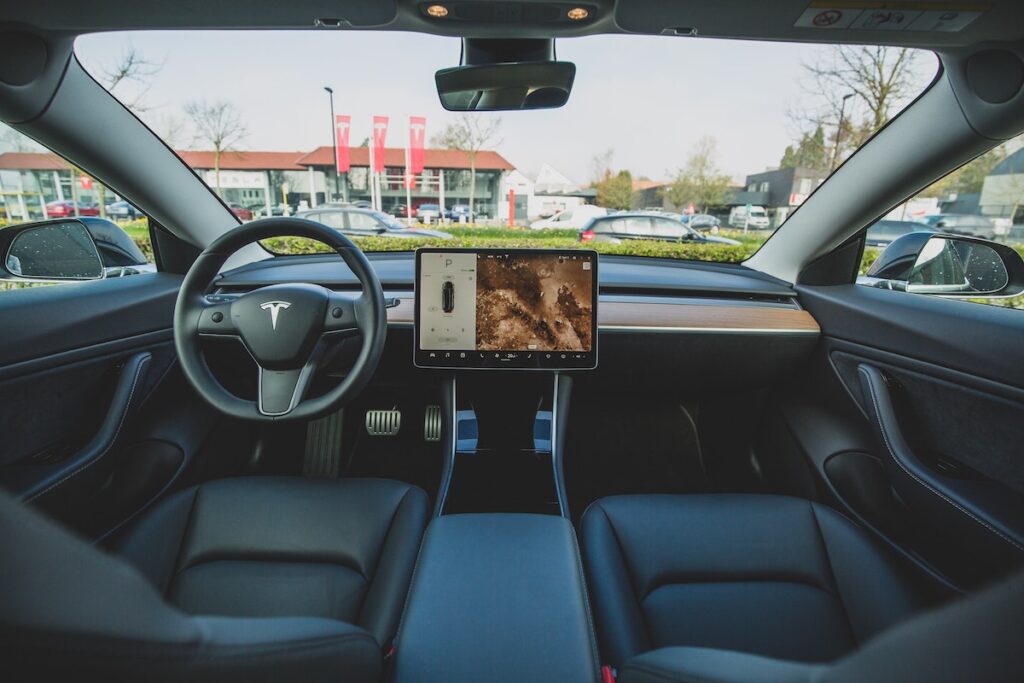
Toyota
Toyota makes automated technology to get to a destination safely and make good decisions. They use their own features called “Perception,” “Prediction,” and “Planning” in their automated Toyotas.” Prediction” predicts where vehicles, bikes, and pedestrians are in the future. “Planning” helps the car find the safest routes and helps decide which lane to travel on with space to avoid objects.” Perception” takes information about the vehicle’s relationship to the environment and its situation. To accomplish this, they use Localization, Mapping system, data vehicle sensors, cameras, LiDAR, RADAR, GPS, AND INU (inertial navigation units). Toyota is developing and advancing its cars as AI becomes more advanced. Toyota is developing “Toyota Guardian,” which blends roles between the AI system and the driver. Toyota is developing a chauffeur approach for those who don’t drive called “Toyota Chauffeur.” This allows a Toyota to drive without a driver or supervision at SAE levels 4 and 5.
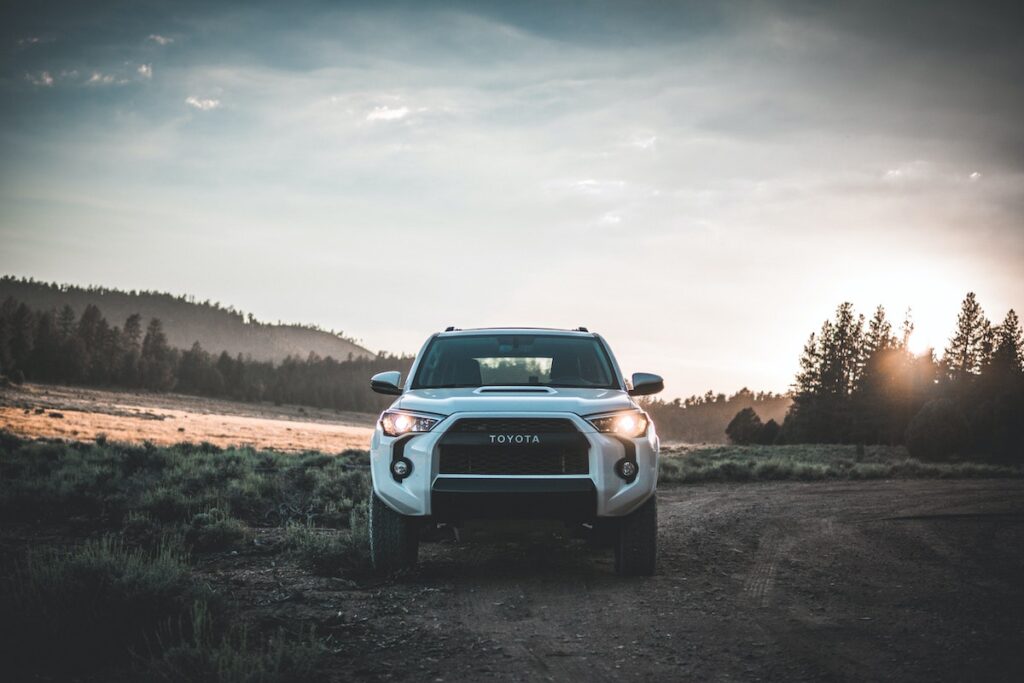
Toyota plans Mobility as a Service (MaaS) to help get automated technology started. MaaS is going to make vehicles with SAE Level 4. MaaS is gathering data to improve automated driving for all vehicles. Toyota believes releasing very good automated vehicles will help support MaaS to create convenience, and demand from consumers, provide safety, affordability, all while costs per passenger mile are lowered. Toyota introduced SAE Level 2 vehicles in the U.S market in 2021. “Highway Teammate” is a vehicle that has the ability to have automated steering, speed control most of a highway drive, keep the vehicle in its lane, adjust the speed, keep a distance from the car in front, change lanes, overtake vehicles, and roadway interchange merging.
Waymo
Waymo makes automated vehicles to reduce the number of vehicle crashes, road deaths, and human error while driving. Waymo automated vehicles include Waymo One, Waymo Via, and functions such as Waymo Driver and Driver assist. Waymo One is a fully autonomous vehicle with no driver in the front and can be called using an app (SAE Level 4). Waymo Via is a large Class 8 truck that transports goods with great efficiency, reliable performance, and reduced costs. Waymo driver is a fully autonomous vehicle that can pick up passengers who don’t know how to drive. Driver-assist has ‘self-driving’ features (this still requires a driver). Waymo uses very detailed custom maps and sensor data to figure out its location on the road. They use many sensors to detect pedestrians, vehicles, construction, cyclists, signs, signals, temporary stop signs, traffic lights, and more. Waymo uses its experience of being on the road to anticipate how drivers’ actions are different from cyclists, objects, pedestrians and predicts how many paths drivers might take. This information helps it predict the route or actions to take. It also determines the speed, lanes, steering, and trajectory to get to its destination. Waymo has been able to design one system of sensors that can see everything during the day and night. LiDAR sensors are located on the car. They send laser pulses and measure how long they take to bounce off objects, giving a bird’s eye view of everything.
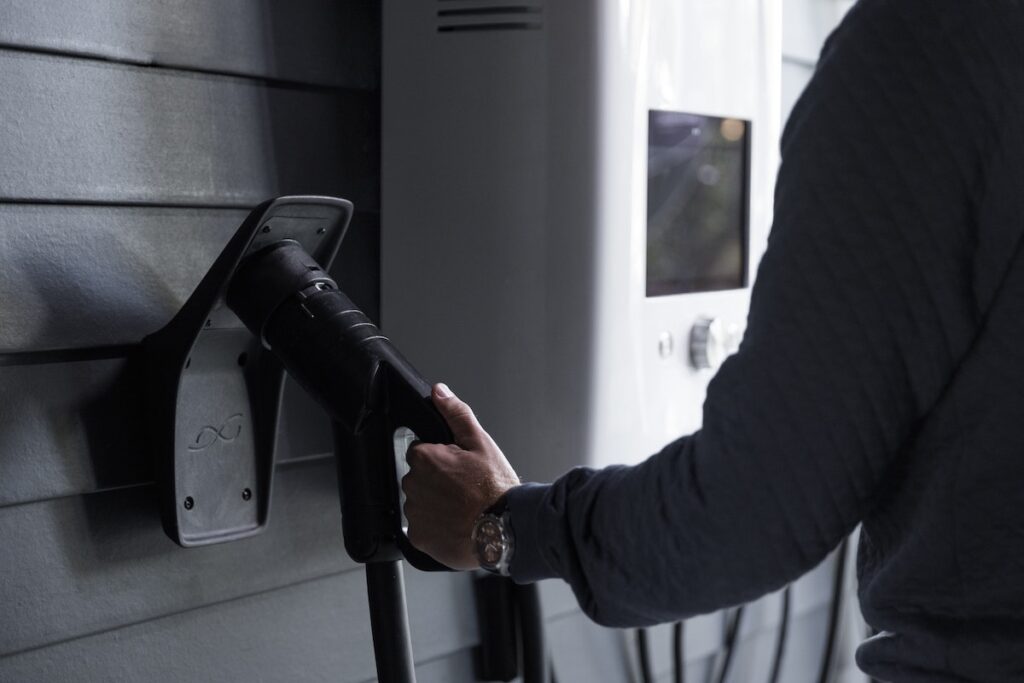
To ensure Waymo’s cars are safe, they test them in closed courses, public roads, simulation, crash avoidance, hazard analysis, durability, and reliability. Waymo has a backup secondary computer, backup avoidance and collision systems, redundant steering, redundant braking, backup power systems, cybersecurity, and redundant inertial system. The backup secondary computer stops the vehicle if there’s a malfunction in the primary system. The backup avoidance and collision system will stop the vehicle if the primary system does not respond. Redundant steering just in case the primary system’s steering fails. Redundant braking can stop the vehicle if necessary. Backup power systems are used if the power stops or the circuit gets damaged—the redundant inertial system figures out the position and motion on the road. Cybersecurity protects Waymo Drivers from suspicious activity.
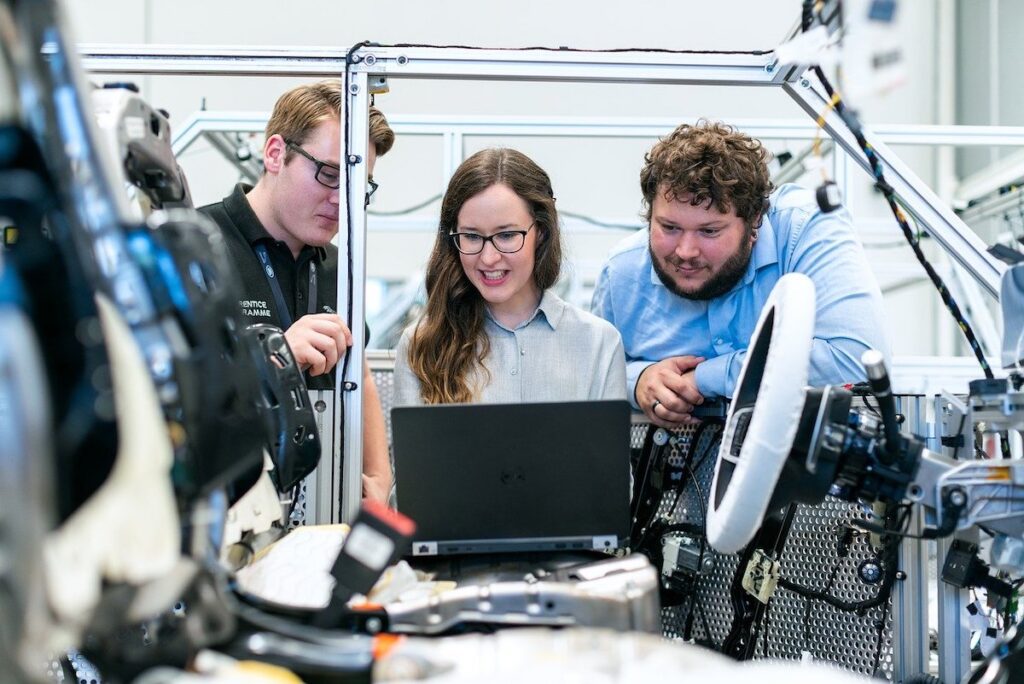
Waymo, Tesla, and Toyota are all dedicated to making self-driving cars not just something we see in sci-fi movies! Tesla and Toyota are at SAE Level 2. Tesla doesn’t use LiDAR, while Toyota and Waymo utilize this technology. Waymo also made a backup system, which ensured the passenger’s safety with the vehicle having an SAE level of 4.
While these companies are in different stages, they all have the same goal; to reduce the number of motor vehicle accidents to save lives. Also, check out our other articles on Daily Kid.
